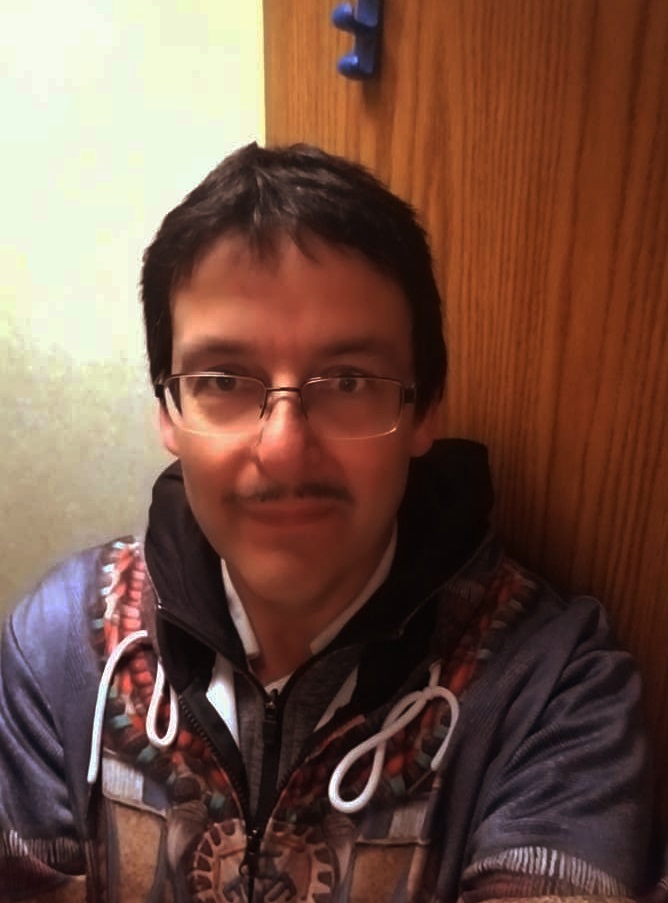
 |
| Thunder Cloud |
Column Six
Pjila'si (welcome),
Contrary to modern beliefs, civilization and Government are not something that was foreign to the Americas before European contact. The aboriginal peoples were very much organized based on territory, settlements and other factors. It provided for safety, defined hunting territory and for settling disputes. There are a number of levels of organization that existed and I will explore them briefly.
Eastern Canada's governments formed the Wabanaki Confederacy, a loose federation that included the Maliseet, Penobscots, Passamaquoddy, and Abenaki. It has been said that at its peak, this confederacy influenced tribal life from the Gaspé Peninsula to northern New England. Because of the nature of Mi'kma'ki (the Micmac homeland,) the Grand Council's jurisdiction was and is international - spanning across the U.S. border.
Originally, Mi'kma'ki was made up of seven Districts, later an eighth district was formed: Unama'kik, (from which Ktaqamkuk was included until 1860) Eski'kewaq, Sipekne'katik'ik and Kespukwitk, Sikniktewaq, Epekwitk, Piktukewaq and Kespe'kewaq. Each had a Saqamaw, and also each nomadic group had a leader as well.
The Grand Council was led by several officers, including a kji'saqmaw (grand chief), a puoin (treaty holder and counselor), and a kji'keptan (grand captain, advisor on political affairs). The Sante Mawiomi determined where families might hunt, fish, and set up their wumitki (camps). The Grand Council also managed relations with other aboriginal nations.
Mi'kmaq First Nation communities (reservations) today are governed by an elected Saqamaw (chief) and council, who hold office for two years.
Canada has 30 separate groups of Mi'kmaq, but only one Mi'kmaq tribe is recognized in the U.S., the 500 member Aroostook Band of Mi'kmaq in northern Maine, which received state recognition in 1973 and federal status in 1991. Because of the 1794 Jay Treaty between Great Britain and the United States, the Mi'kmaq have the right to move freely back-and forth across the border. Many have chosen to leave Atlantic Canada in favor of the northeastern United States. Presently, more than 2,000 Mi'kmaq reside in the greater Boston area (making them one of the largest Native aboriginal groups in New England). Several hundred more live in New York City.
In Newfoundland today, Saqamaw Mise'l Joe leads Samiajij Miawpukek (Conne River), he was selected Saqamaw by secret ballot on January 7, 1983. He is the only Saqamaw from Ktaqamkuk recognized by the Grand Council. The reserve was officially recognized in June 25, 1987 but has existed as early as 1870. Off- reserve, we have other organizations representing our people. The Federation of Newfoundland Indians is the umbrella group for nine individual bands that include: Corner Brook Indian Band Council, Benoit's Cove Indian Band Council, Flat Bay Indian Band Council, St. George's Indian Band Council, Port au Port Indian Band Council, Indian Head First Nations, Exploits Indian Band Council, Glenwood Mi'kmaq First Nations, and Gander Bay Indian Band Council.
The Ktaqamkuk Mi'kmaq Alliance represents members from throughout the entire province and is allied with the Sip' kop Mi'kmaq Band of St. Alban's.
It is my hope that we will regain self-government for all our people and that in the future all Ktaqamkukewa'q Mi'kmaq would be untied under one tribal council, serving all Ktaqamk Mi'kmaq, including those living on various reserves throughout our province and those living off reserve.
Wantaqo'ti, (peace).
Compiled by Jasen S. Benwah
Local Mi'kmaq Researcher
Cape St. George, NL.
jasenbenwah@hotmail.com
jasen_index.html
The Georgian Newspaper, 2003
Sources:
Renee Jeddore, http://www.geocities.com/Colosseum/2772/
Website Copyright © 2003 Jasen Benwah